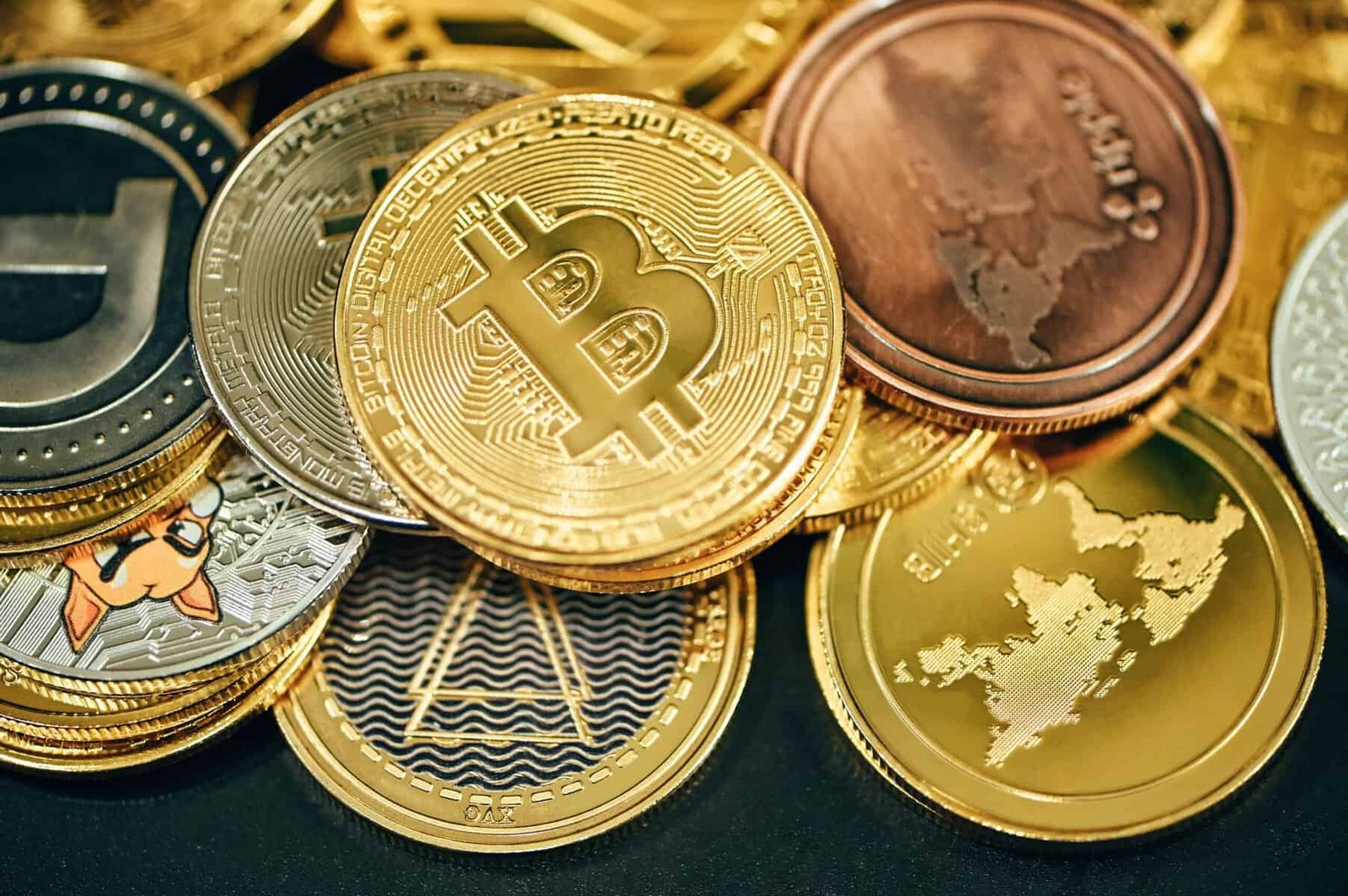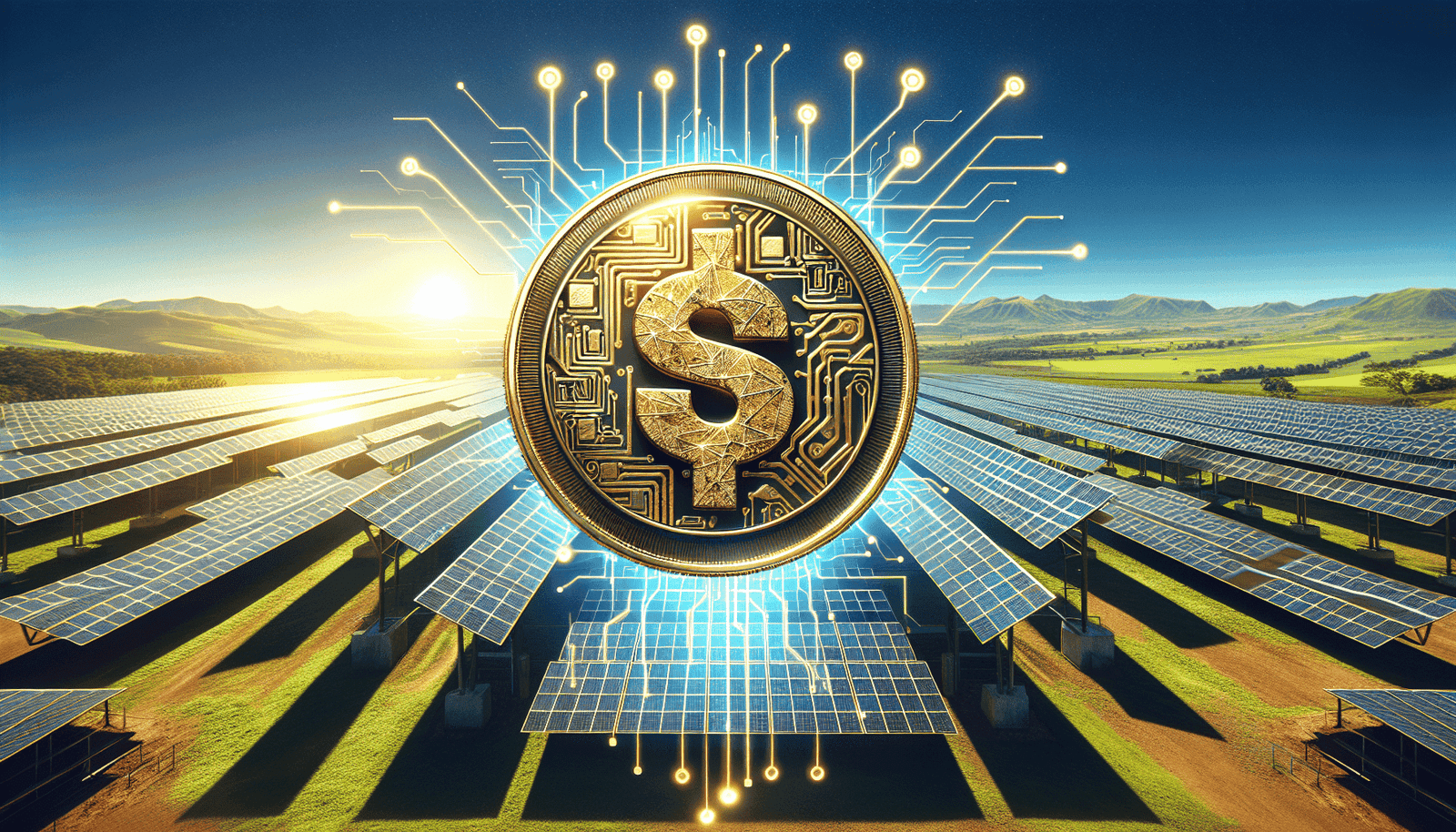Have you ever considered how blockchain technology could revolutionize the way we finance renewable energy projects? With the advancing trends in cryptocurrency and blockchain applications, new opportunities are emerging. One significant development in this domain is the SolarFi Token. This article explores how SolarFi Token is transforming renewable energy finance through the power of blockchain technology.
Understanding the SolarFi Token
What is the SolarFi Token?
The SolarFi Token is a blockchain-based cryptocurrency designed to facilitate the financing, development, and deployment of renewable energy projects, particularly solar energy. It leverages the security, transparency, and efficiency of blockchain to streamline funding processes for green energy initiatives.
The Vision Behind SolarFi
The primary goal of SolarFi is to democratize the financing of solar energy projects, making it easier for individuals and businesses to invest in clean energy. By utilizing blockchain technology, SolarFi enhances transparency, reduces transaction costs, and ensures that funds are utilized efficiently.
How Blockchain Enhances Renewable Energy Finance
Transparency and Trust
Blockchain technology provides a transparent ledger accessible to all stakeholders. Each transaction is recorded and immutable, fostering a higher level of trust among investors, project developers, and consumers. When you invest in a project using SolarFi Token, you can easily track how your funds are being used.
Reducing Middlemen and Costs
Traditional financing mechanisms often involve multiple intermediaries, each taking a cut of the investment. With SolarFi’s blockchain-based platform, the need for such middlemen is reduced, if not eliminated, bringing down costs significantly and ensuring more funds are directed towards the actual project.
Smart Contracts
Smart contracts are self-executing contracts with the terms directly written into code. They automatically execute actions based on pre-defined conditions, ensuring that transactions are completed seamlessly and without delay. SolarFi uses smart contracts to handle investments, ensuring prompt and accurate fund transfers.

The Impact of SolarFi on Renewable Energy Projects
Easier Access to Capital
One of the main challenges for renewable energy projects is securing funding. SolarFi simplifies this process by providing a decentralized platform where anyone can invest in and support green energy projects. This opens up new avenues for small-scale, community-based, and larger renewable initiatives.
Increased Investor Confidence
By utilizing blockchain’s transparent and immutable ledger, SolarFi increases investor confidence. Investors have real-time access to project progress and fund utilization, reducing the risk of fraud or mismanagement.
Benefits for Different Stakeholders
For Investors
- Diversification: Investing in SolarFi Tokens allows you to diversify your portfolio by including renewable energy assets.
- Transparency: Continuous access to project status and financial health enhances trust and investor confidence.
- Social Impact: Supporting renewable energy initiatives contributes to global sustainability efforts.
For Project Developers
- Access to Funding: Decentralized and more accessible funding resources.
- Efficiency: Reduced transaction costs and faster fund deployment due to fewer intermediaries.
- Smart Contracts: Automated and transparent fund management and contract execution.
For Consumers
- Sustainable Energy: More renewable energy projects leading to healthier and more sustainable energy consumption.
- Community Projects: SolarFi enables community-led projects, empowering local communities to develop and benefit from renewable energy initiatives.

The Mechanism of SolarFi Token
Token Issuance and Distribution
SolarFi Tokens are issued using a blockchain platform, ensuring a secure and transparent distribution mechanism. The tokens are distributed during an Initial Coin Offering (ICO) or through other fundraising campaigns. Below is a simplified table showing the possible distribution framework:
| Stakeholder | Percentage of Tokens Distributed |
|---|---|
| Investors | 50% |
| Project Developers | 30% |
| Community Reserves | 10% |
| Operational Costs | 5% |
| Research and Development | 5% |
Token Utilization
Tokens can be utilized for various purposes including investing in renewable energy projects, trading on cryptocurrency exchanges, or even purchasing solar energy directly once the infrastructure is in place. Token holders are also given the voting power in community decisions regarding fund usage and project approval.
Real-World Applications and Case Studies
Community-Based Solar Projects
Several communities have successfully funded small-scale solar projects using SolarFi Tokens. These initiatives not only provide clean energy but also generate local employment and create a sense of community ownership.
Commercial and Industrial Projects
Large-scale commercial and industrial projects have also benefited from SolarFi. These projects often require significant upfront investment, and SolarFi’s streamlined, decentralized funding model helps meet these financial needs quickly and efficiently.
Government and Institutional Participation
Governments and institutional investors have shown interest in SolarFi due to its transparency and efficiency. By integrating with existing renewable energy incentives and subsidies, SolarFi enhances the attractiveness of these projects.

Challenges and Considerations
Regulatory Hurdles
One significant challenge is navigating the evolving regulatory landscape for cryptocurrencies and blockchain applications. SolarFi needs to ensure compliance with local and international laws to sustain its operations and growth.
Market Volatility
Crypto markets are notoriously volatile, which could affect the value of SolarFi Tokens. Ensuring stability and creating mechanisms to safeguard investments against extreme fluctuations is crucial.
Technological Adoption
Implementing blockchain technology requires robust infrastructure and widespread adoption. Educating stakeholders about the benefits and usage of blockchain is essential for the growth of SolarFi.
The Future of SolarFi and Renewable Energy Finance
Expansion into Other Renewable Sources
While SolarFi primarily focuses on solar energy, the potential for expansion into other renewable sources like wind, hydro, and biomass is immense. Integrating multiple renewable energies can create a more resilient and diversified energy ecosystem.
Technological Innovations
Ongoing developments in blockchain and smart contract technologies will further enhance the capabilities of SolarFi. Innovations such as improved consensus algorithms and enhanced security features can make the platform more robust and scalable.
Global Reach and Impact
SolarFi has the potential to make a significant global impact, especially in regions with limited access to traditional financing. By bringing renewable energy projects to underdeveloped areas, SolarFi can contribute to global sustainability and socio-economic development.

Conclusion
SolarFi Token is more than just a cryptocurrency; it is a revolutionary tool to democratize and streamline renewable energy finance. By leveraging blockchain technology, SolarFi offers transparency, reduces costs, and ensures efficient utilization of funds for renewable energy projects. Whether you’re an investor looking to diversify your portfolio, a project developer seeking accessible funding, or a consumer supporting sustainable energy, SolarFi presents a viable and impactful solution. The integration of blockchain in renewable energy finance not only addresses existing challenges but also opens new possibilities for global sustainability and economic growth. So, are you ready to be part of this revolution?
